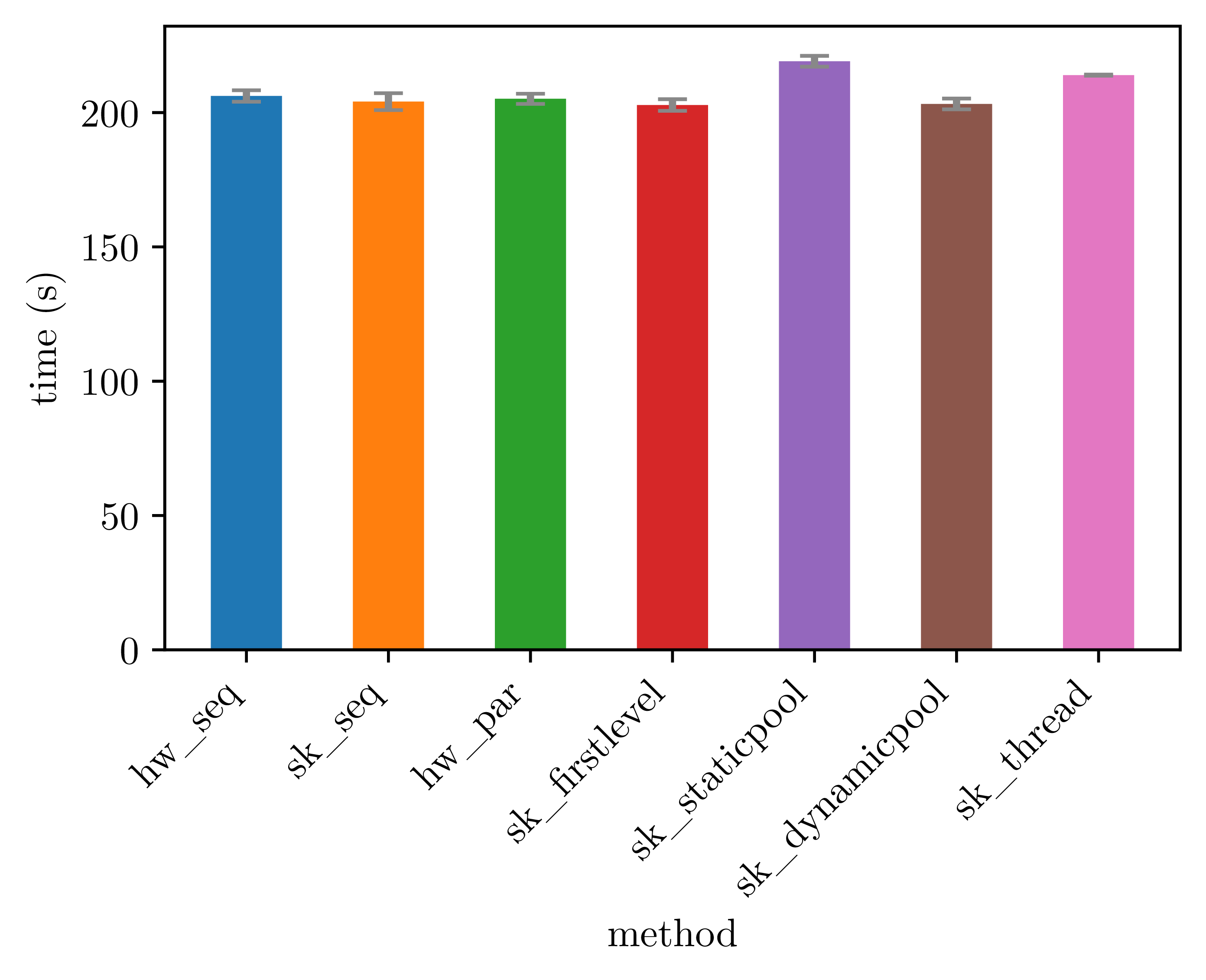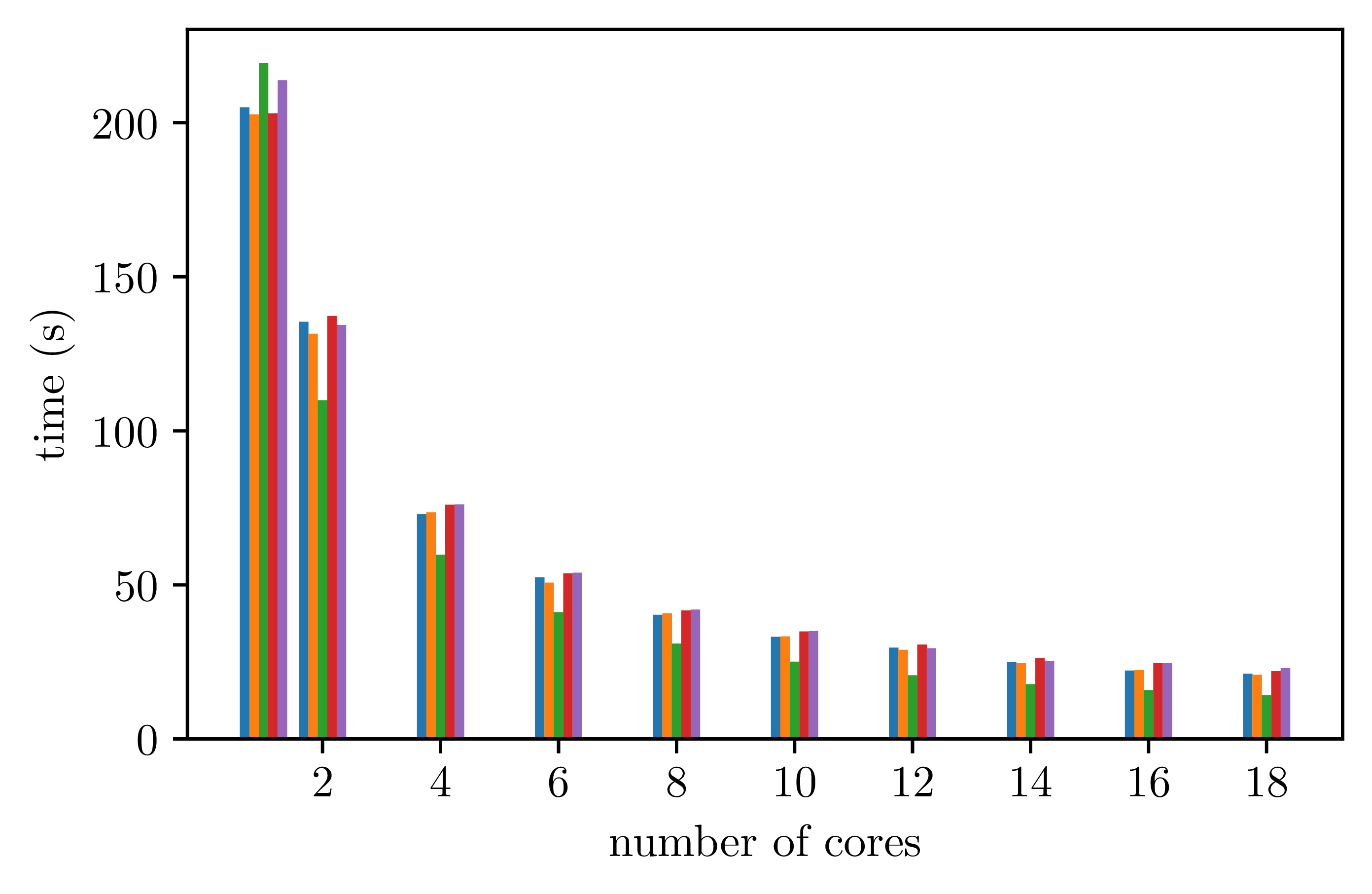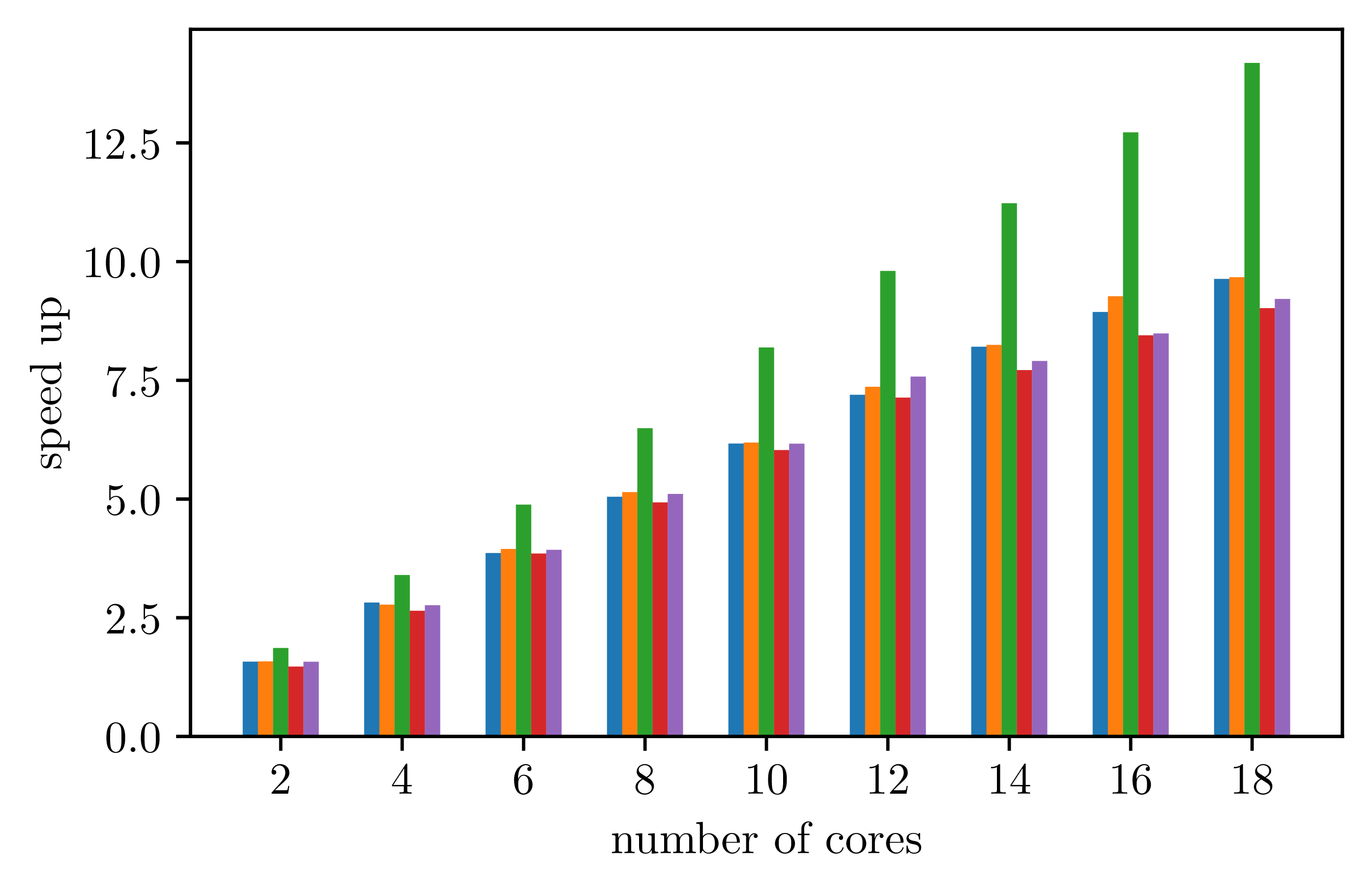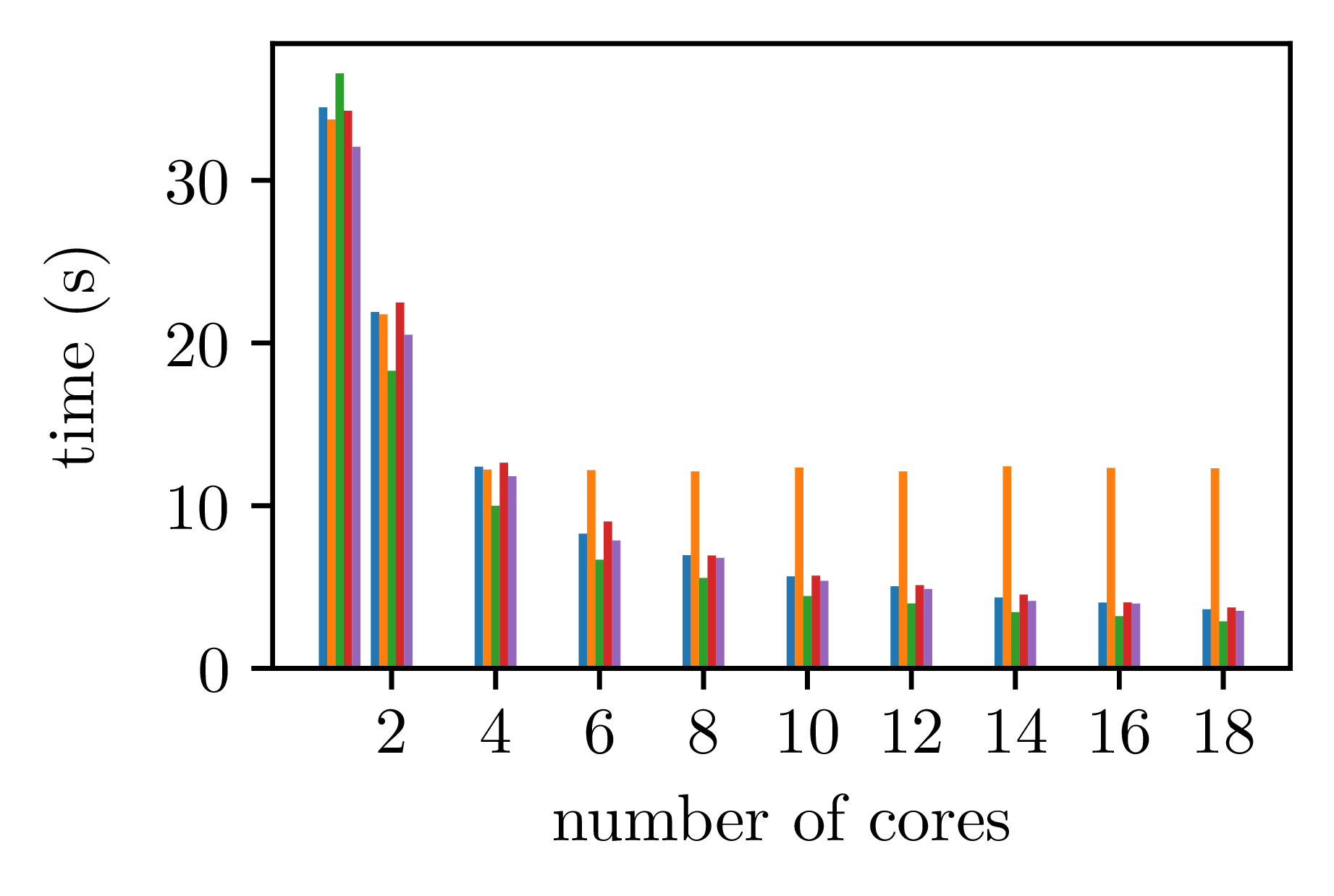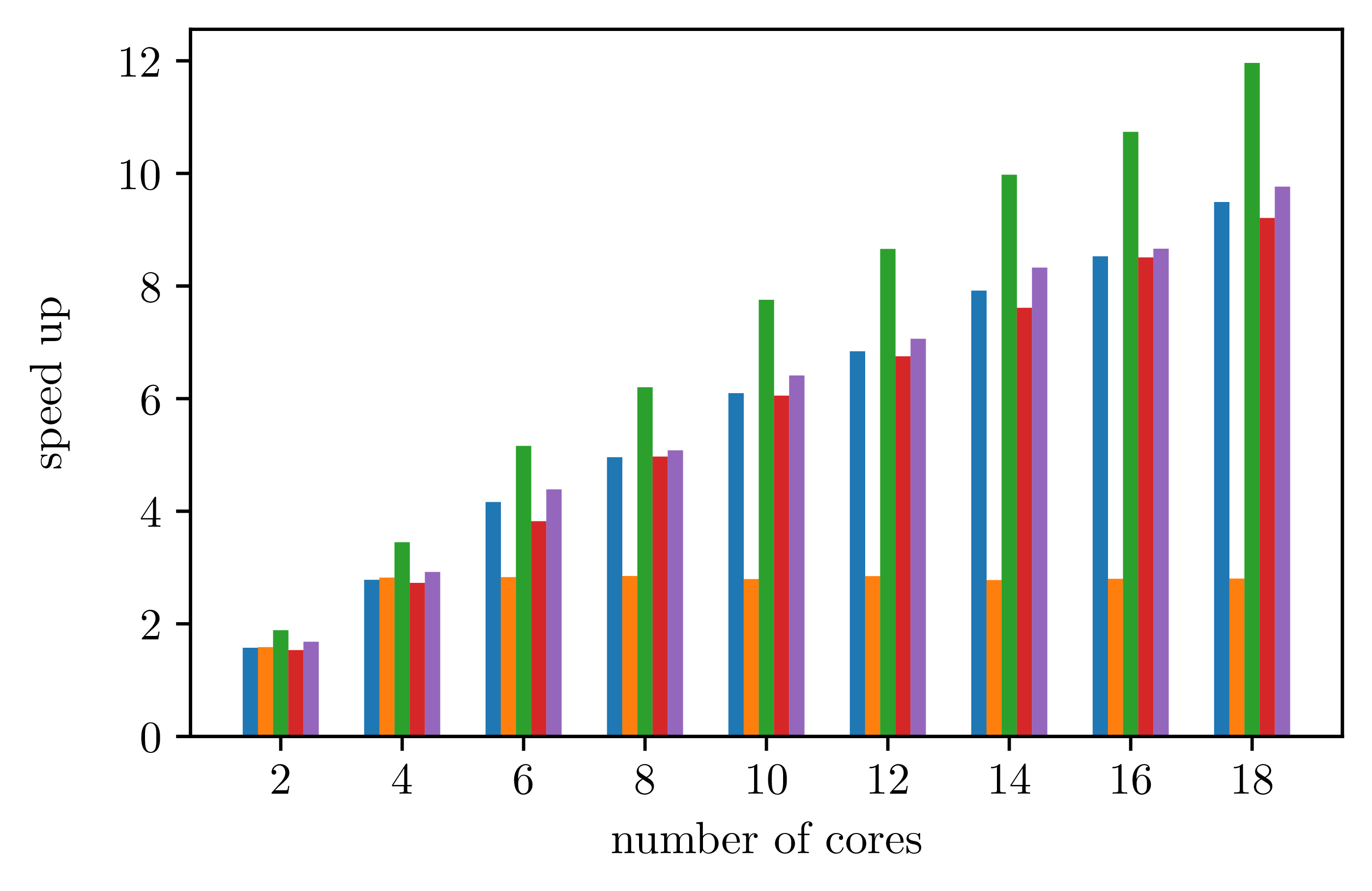# About
ROSA (in french "**R**echerche **O**pérationnelle grâce aux **S**quelettes **A**lgorithmiques",
i.e. [Operational Research](https://en.wikipedia.org/wiki/Operations_research) with [Algorithmic Skeletons](https://en.wikipedia.org/wiki/Algorithmic_skeleton)).
It relies on [alsk](https://phd.pereda.fr/dev/alsk) for the algorithmic skeletons.
This is part of the work done for my Ph.D. thesis.
## Brief
The main algorithm implemented and presented is GRASP×ELS.
This metaheuristic can be represented as below:
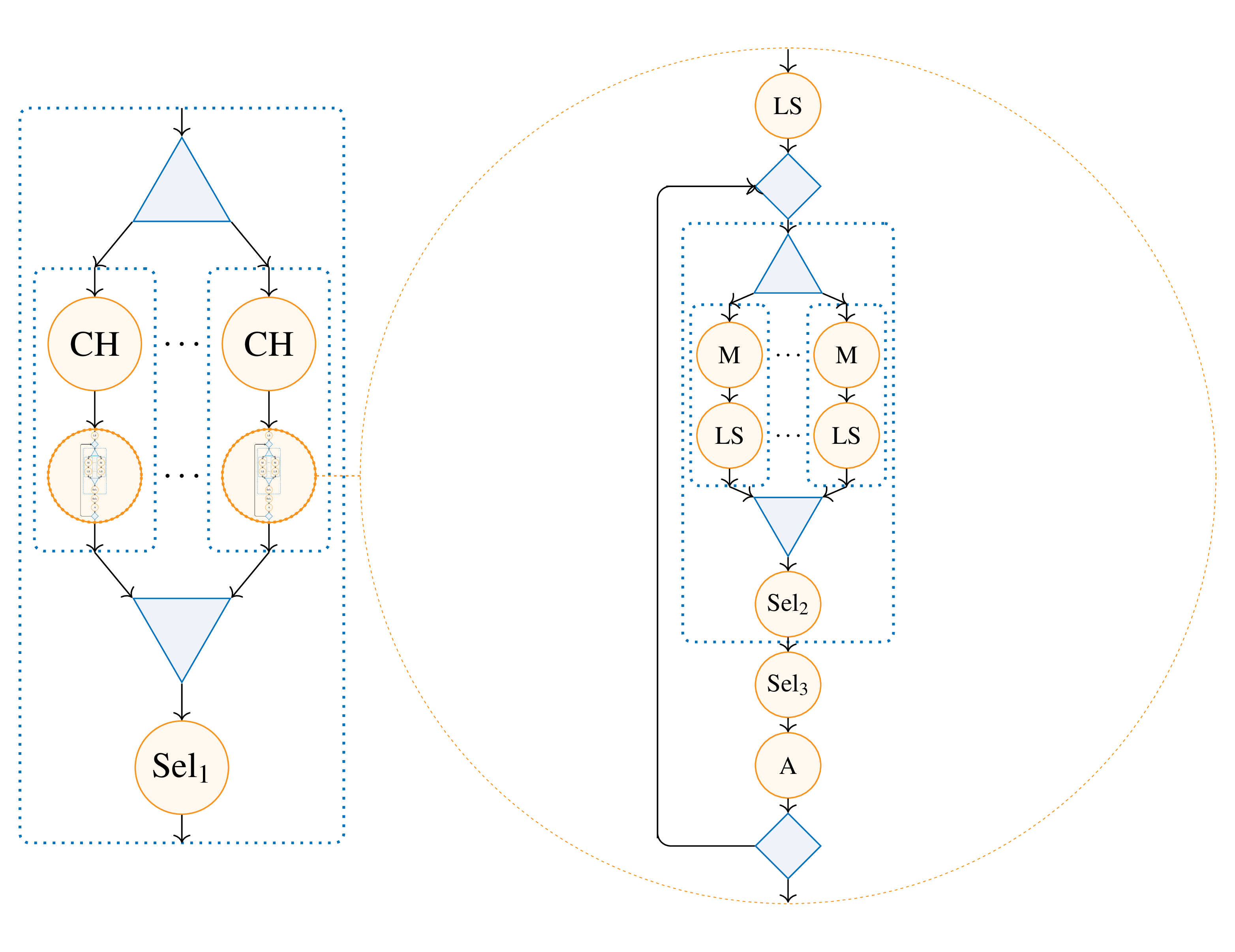
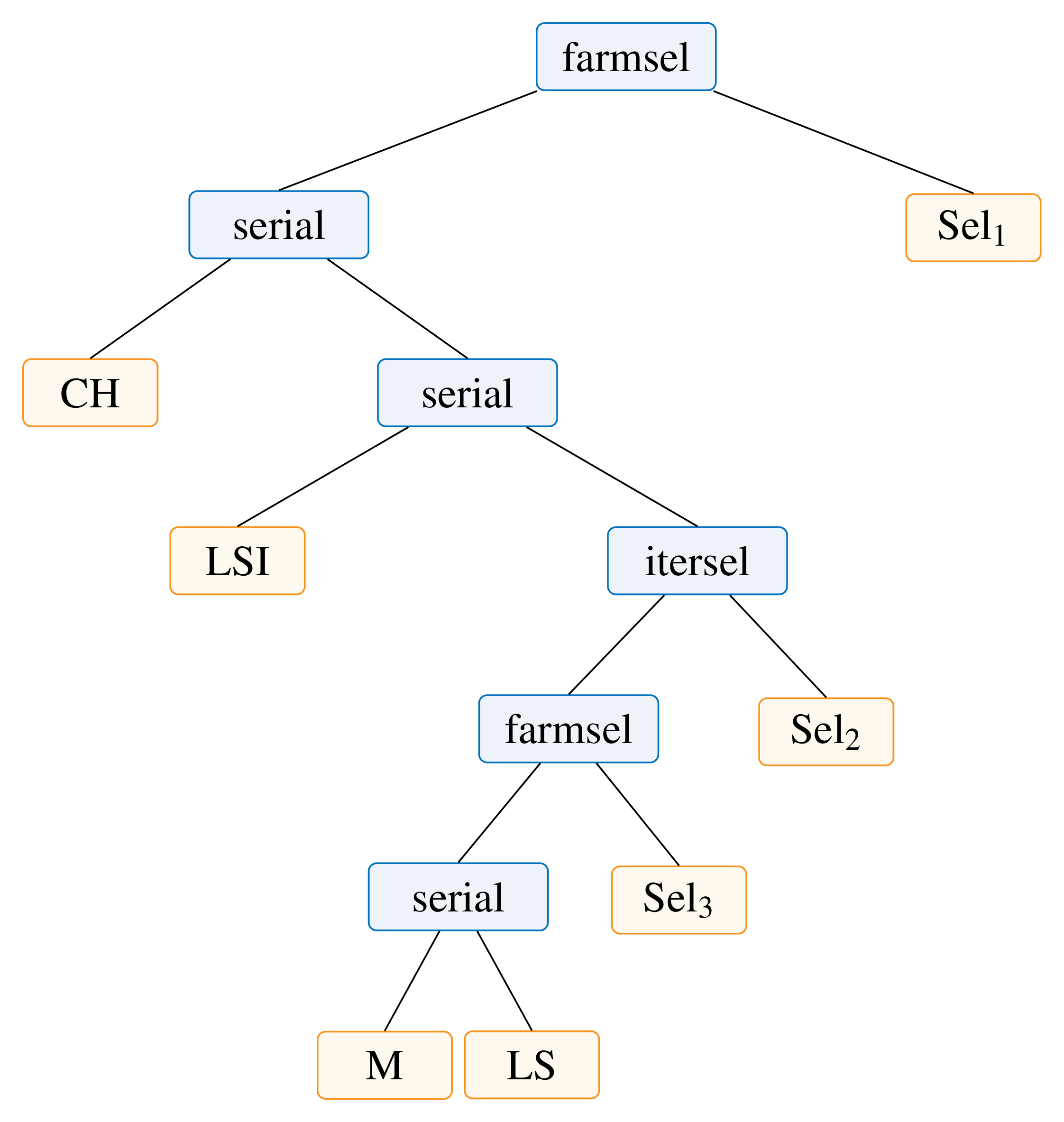
- "hw_seq": handwritten sequential implementation;
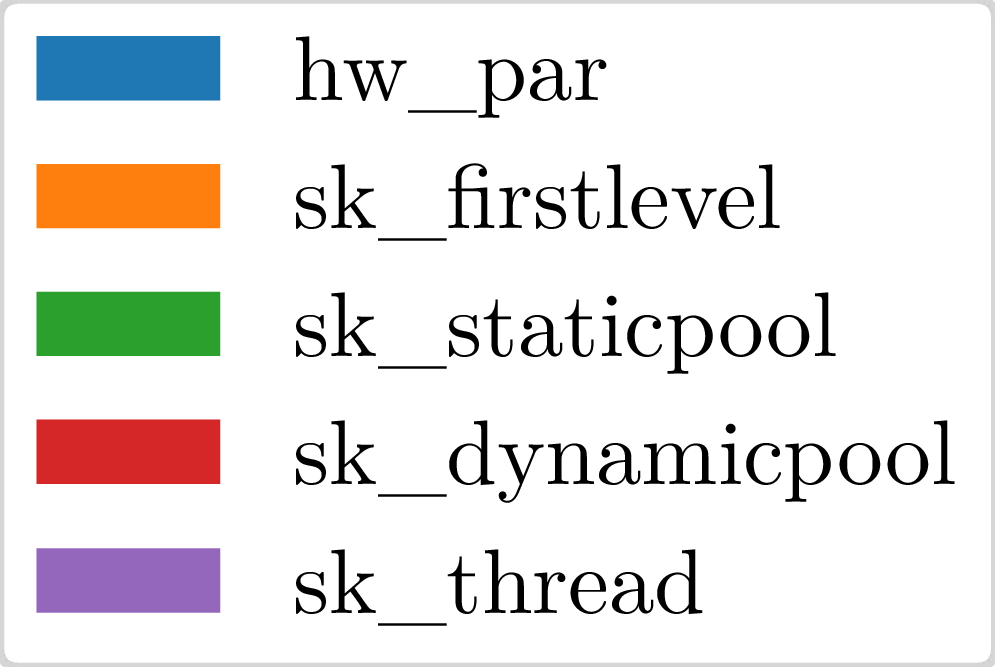
- "hw_par": handwritten parallel implementation;
- "sk_seq": skeleton without parallelisation;
- "sk_firstlevel": skeleton with parallelisation of the first level;
- "sk_staticpool": skeleton with parallelisation using a thread pool with static task distribution;
- "sk_dynamicpool": skeleton with parallelisation using a classical thread pool with dynamic task distribution;
- "sk_thread": skeleton with parallelisation using dynamically created threads.
For an execution with only one allotted core, meaning that there is no parallelisation done, we obtain the data below.
Note that this data set do not use the legend shown above.
All subsequent images use it.
For parallel executions, measures give the following data.
With 24 iterations for the outmost parallel loop:
With only 4 iterations for the outmost parallel loop:
## Related publications
- "Repeatability with Random Numbers Using Algorithmic Skeletons", ESM 2020 (https://hal.archives-ouvertes.fr/hal-02980472);
- "Modeling Algorithmic Skeletons for Automatic Parallelization Using Template Metaprogramming", HPCS 2019 (IEEE) [10.1109/HPCS48598.2019.9188128](https://doi.org/10.1109/HPCS48598.2019.9188128);
- "Processing Algorithmic Skeletons at Compile-Time", ROADEF 2020 (https://hal.archives-ouvertes.fr/hal-02573660);
- "Algorithmic Skeletons Using Template Metaprogramming", ICAST 2019;
- "Parallel Algorithmic Skeletons for Metaheuristics", ROADEF 2019 (https://hal.archives-ouvertes.fr/hal-02059533).
## Organisation
Main directories:
- `src`: sources;
- `src/rosa`: the library sources;
- `rtbenchmarks`: scripts for compile-time/run-time benchmarking;
- `results`: results presented in the thesis, obtained using mentioned scripts and codes.
## Usage
To produce the `Makefile` and build the project:
```bash
mkdir build
cd build
cmake -DCMAKE_BUILD_TYPE=Release ..
make
```




